
Rossignol entwickelt sein Produktsortiment weiter und erhöht seine Konversionsrate mit Hilfe von Kundenbewertungen
Mehr dazu
Sport & Outdoor
Das Unternehmen für Funkkommunikation steigerte seinen Umsatz dank einer höheren Anzahl an Bewertungen und der Nutzung von UGC.
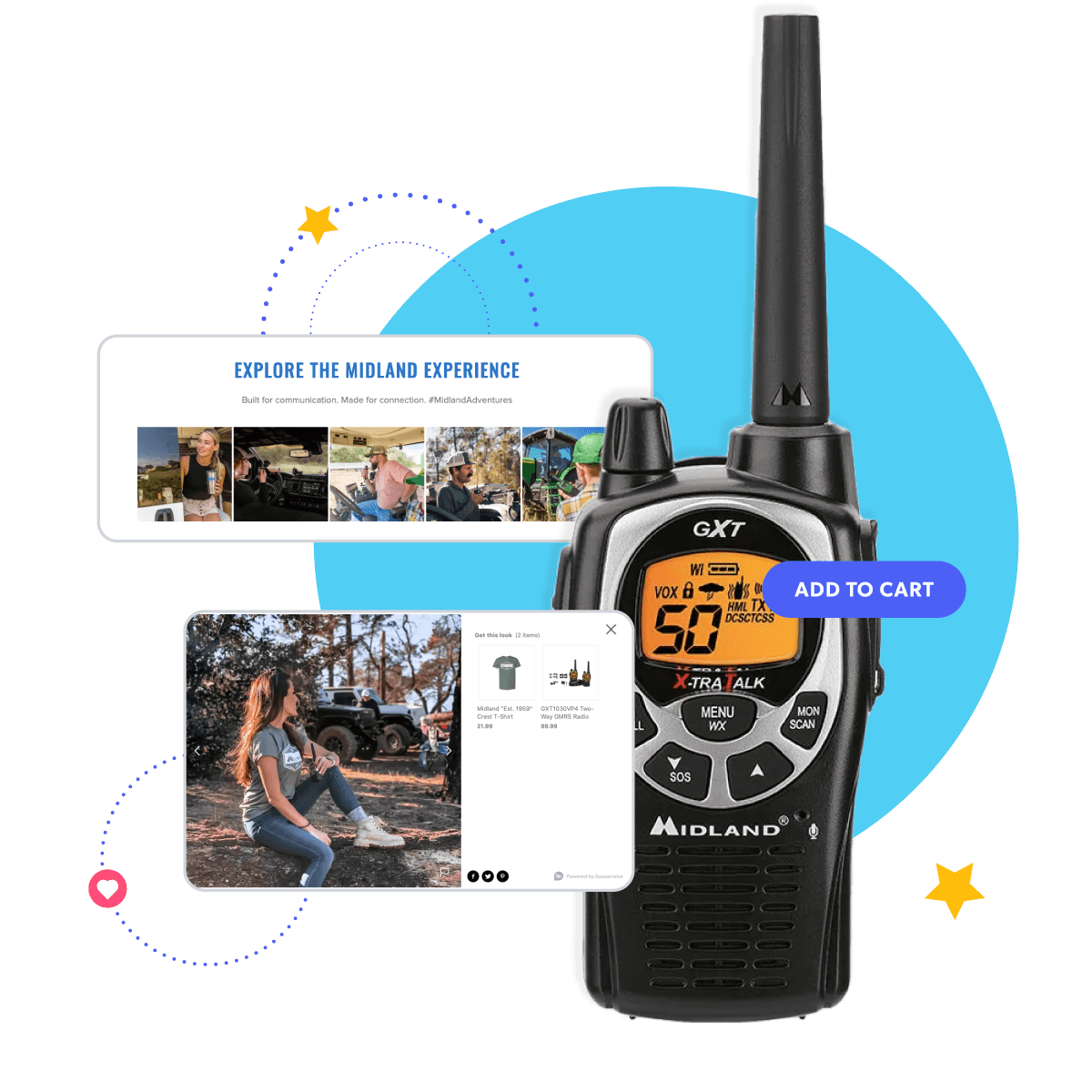
Auf einen Blick
Midland Radio suchte nach einer Möglichkeit, die Wahrnehmung des Unternehmens insgesamt zu verbessern, die Anzahl der Online-Produktbewertungen zu steigern und neue Märkte zu erschließen.
Dank der Nutzung der Tools Social Commerce und Ratings & Reviews von Bazaarvoice konnte die Online-Präsenz erweitert und die Anzahl der Kundenbewertungen erhöht werden.
So stieg die Zahl der Bewertungen von 150 auf über 2.500. Das Unternehmen verzeichnete zudem einen Anstieg der Verweildauer auf der Website um 322 %, der Konversionsrate um 143 % und des durchschnittlichen Bestellwerts um 27 %. All das trug im Jahresvergleich zu einer Umsatzsteigerung von 1 Million US-Dollar bei.
Konversionsrate
Ob beim Camping, Wandern, Angeln oder bei der Jagd: Kommunikation ist für jede Outdoor-Unternehmung unerlässlich – und die Auswahl eines zuverlässigen Walkie-Talkies ist dabei entscheidend. Aber wie können Verbraucher bei einem derart wichtigen Gerät wie einem Walkie-Talkie sicher sein, dass sie ein hochwertiges Produkt kaufen?
Midland Radio, ein Unternehmen, das Walkie-Talkies für Outdoor-Aktivitäten und Geschäftskommunikation verkauft, war mit genau diesem Dilemma konfrontiert. Die Marke brauchte mehr Online-Bewertungen und eine stärkere Online-Präsenz, um die Kundenstimmung zu verbessern und Vertrauen in ihre Produkte zu schaffen.
Durch die Nutzung der Lösungen Ratings & Reviews und Social Commerce von Bazaarvoice verzeichnete Midland Radio einen Anstieg der Verweildauer auf der Website um 322 % und der Konversionsrate um 143 %. Zudem stieg der durchschnittliche Bestellwert um 27 %. All das trug im Jahresvergleich zu einer Umsatzsteigerung von 1 Million US-Dollar bei.
Midland Radio hat es sich zum Ziel gesetzt, „zuverlässige Kommunikation für jedes Abenteuer“ zu bieten. Das 1959 gegründete Unternehmen war der erste Hersteller von CB-Funkgeräten in den USA.
2016 brachte das Unternehmen das Funkgerät MicroMobile für Outdoor-Aktivitäten auf den Markt. Im folgenden Jahr wurde die Produktreihe BizTalk vorgestellt, die Hotels, Einzelhändler und Unternehmer bei der einfachen Kommunikation am Arbeitsplatz unterstützt. Derzeit verkauft Midland Radio die Nr. 1 unter den Walkie-Talkies für Verbraucher in den USA – das GXT1000.
Bevor das Unternehmen Ende 2017 gemeinsam mit Bazaarvoice mit seinen Maßnahmen begann, die die Anzahl seiner Kundenbewertungen steigern sollten, gab es insgesamt nur etwa 150 Bewertungen für sämtliche Produkte. Um den Kundenstamm auszubauen und die Kundenstimmung weiter zu verbessern, musste Midland Radio die Anzahl der Bewertungen erhöhen und seine Webseite insgesamt ansprechender gestalten.
„Mit der neuen Lösung können wir Produkte auf unserer Webseite mit Bewertungen und häufig gestellten Fragen gezielt unterstützen – und diese Inhalte auch an unsere wichtigsten Händler spielen. Das ist ein enormer Fortschritt”, erklärt Andrew Kinsman, Director of Marketing Shared Services bei Midland Radio.
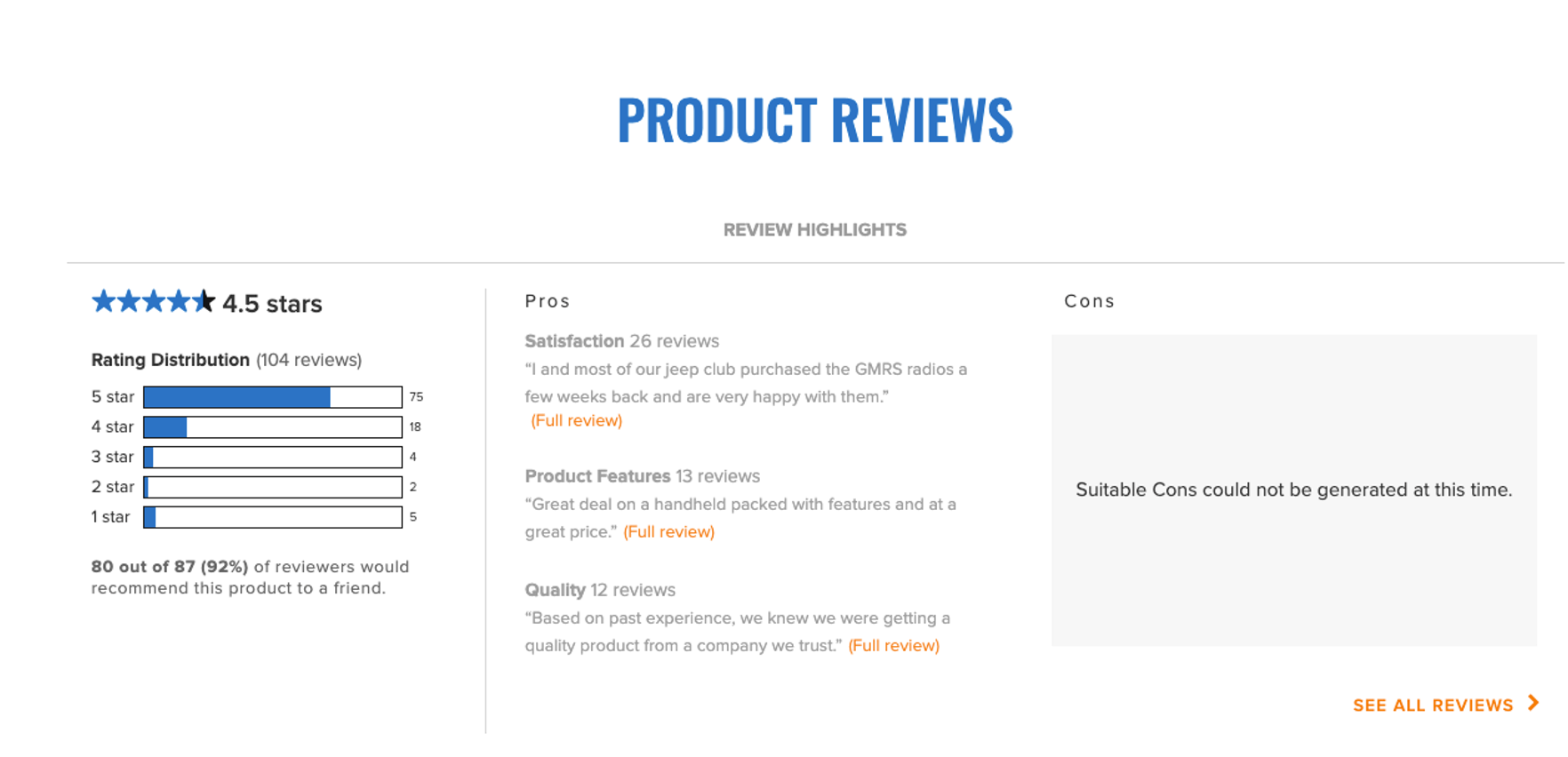
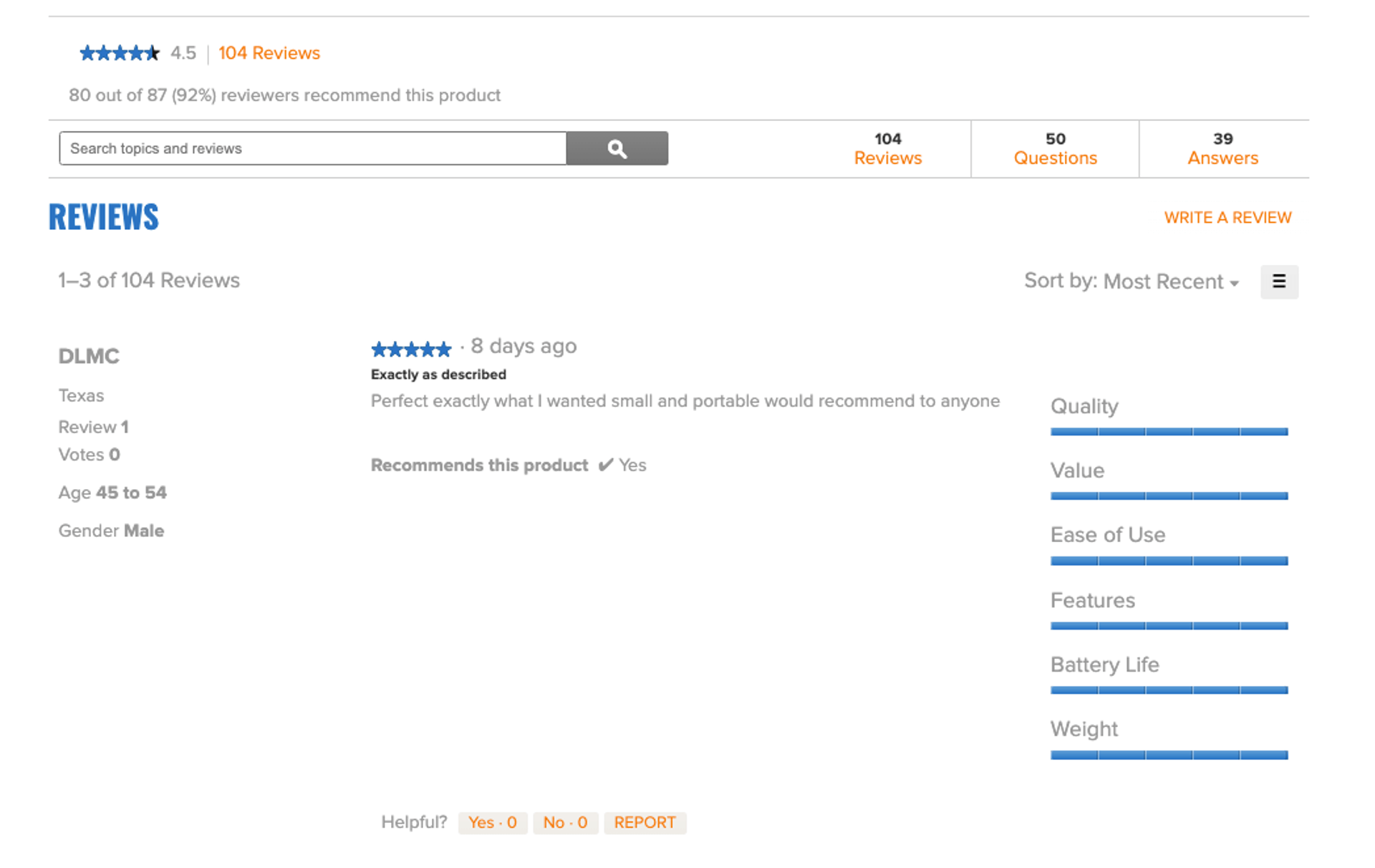
Die Marke nutzte außerdem die Bazaarvoice Galleries und führte User-Generated Content (UGC) auf der Webseite ein – d. h. Bilder, Bewertungen, Videos und mehr, die von Einzelpersonen statt von einer Marke stammen. Dadurch wurde die Konversionsrate bei Käufern, die mit UGC interagierten, um 59 % gesteigert. Dank UGC und der höheren Anzahl an Bewertungen konnte Midland Radio so seinen Umsatz steigern, die Kundenstimmung verbessern und beim Kauf das Vertrauen in die Produkte stärken.

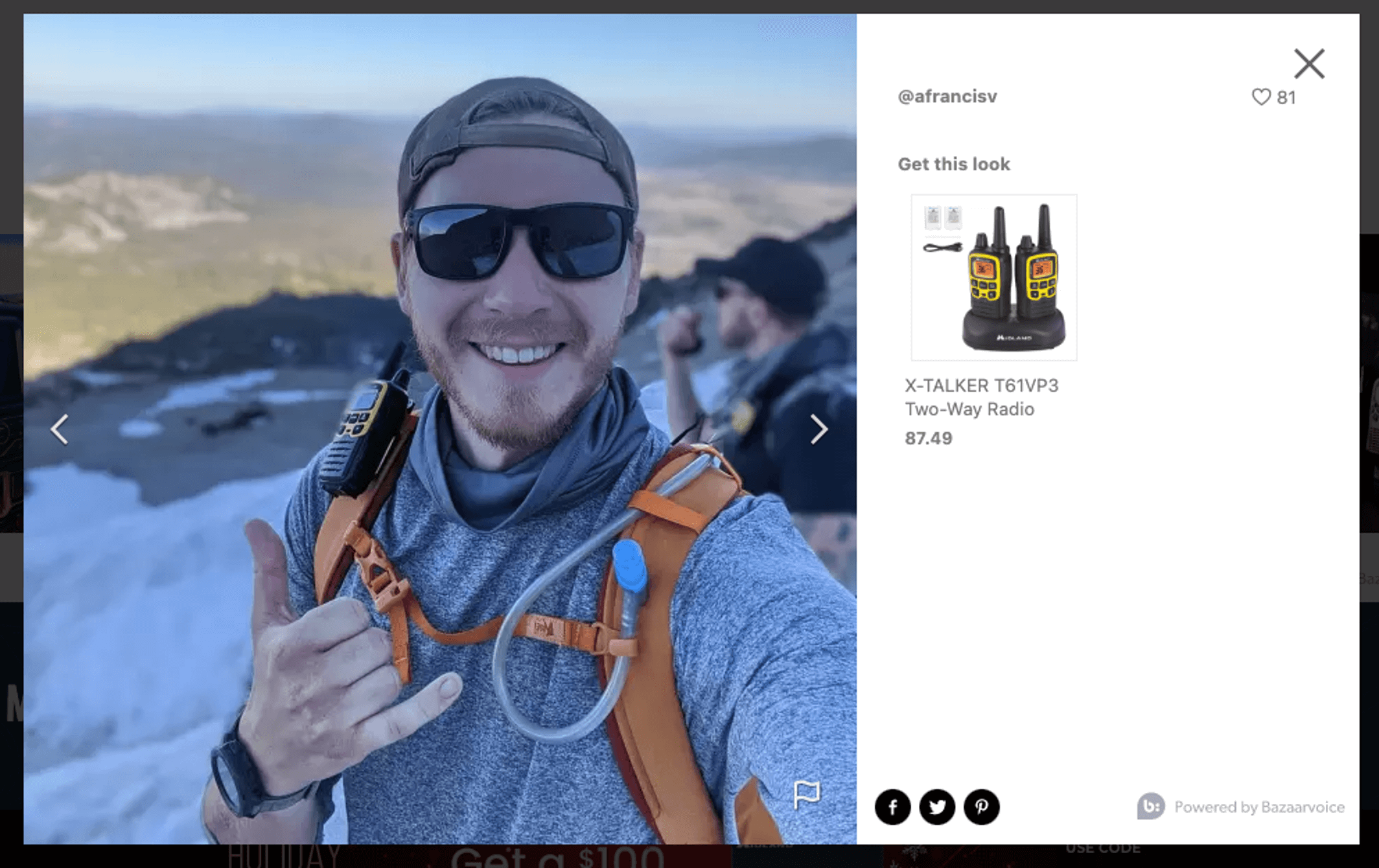
Eine der Verbesserungen, die sich Midland Radio durch die Zusammenarbeit mit Bazaarvoice erhoffte, war eine insgesamt bessere Markenwahrnehmung. Bis dato hatte die niedrige Zahl an Online-Kundenbewertungen nämlich eine eher abschreckende Wirkung auf Kunden gehabt.
Vor der Zusammenarbeit mit Bazaarvoice verzeichnete Midland Radio nur etwa 150 Bewertungen auf einer kleinen WordPress-Website. Es gab keinerlei E-Mails oder Nachrichten, die Kunden dazu anhielten, Bewertungen abzugeben.
„Zu dem Zeitpunkt gab es lediglich Leute, die von sich aus eine Bewertung abgeben wollten. Und meistens handelt es sich in einem solchen Fall um eine negative Bewertung, nicht um eine positive“, so Kinsman.
Dank Ratings & Reviews von Bazaarvoice liegt die Anzahl der Online-Bewertungen bei Midland Radio inzwischen bei über 2.500. Die Anzahl der Bewertungen zu erhöhen war für Midland Radio jedoch nur der erste Schritt. Dank Retail Syndication konnte die Marke all das wertvolle Kundenfeedback an andere Online-Einzelhändler weiterleiten, die ihre Produkte verkaufen, darunter Dick’s Sporting Goods, Costco, Walmart und Bass Pro Shops. Außerdem nutzte das Unternehmen die Bewertungen für Referenzen in Facebook-Werbekampagnen. So entstand eine gut geölte Marketingmaschine, die das Vertrauen der Kunden stärken würde.
„Bazaarvoice steigert den Wert unserer Marke dadurch, dass Kundenbewertungen einfach gesammelt und an unsere großen Einzelhändler weitergegeben werden. Dadurch werden unsere Produkte auf ihren Websites besser präsentiert“, so Kinsman.
Das Unternehmen ist in den letzten fünf Jahren enorm gewachsen – laut Kinsman dank des Bewertungstools von Bazaarvoice. Und mit dem Wachstum des Unternehmens hat auch die Markenbekanntheit zugenommen.
„Ich war dieses Jahr bei vielen Veranstaltungen. Die Leute nehmen unser Produkt stärker wahr als je zuvor“, so Kinsman. „Sie assoziieren unsere Produkte mehr denn je mit hoher Qualität. Wir haben mehr Geschäftspartnerschaften mit anderen großen Marken der Branche geschlossen als je zuvor.“
UGC hat einen hohen Einfluss darauf, ob ein Kunde auf „Kaufen“ klickt. Laut unserem Shopper Experience Index 2022 geben 53 % der Verbraucher an, dass UGC wie Kundenfotos in sozialen Netzwerken ihre Kaufentscheidung mehr beeinflussen als professionelle Fotografie. Darüber hinaus geben 40 % an, dass sie durch UGC eher ein Produkt über eine Werbeanzeige kaufen. Wie einflussreich UGC wirklich ist, realisierte das Team von Midland Radio nach der Einführung von Bazaarvoice Galleries auf der Unternehmenswebseite schnell. Das Tool sammelt UGC von Instagram, Facebook und anderen sozialen Netzwerken. Nach der Implementierung von Bazaarvoice Galleries verzeichnete Midland Radio:
Laut Kinsman bevorzugt das Unternehmen eine Mischung aus UGC und offiziellen Produktfotos. So wirkt die Seite „natürlicher“ und die Kunden können sich mit den Inhalten identifizieren.

„Bilder sind ein weiterer Bonus, oder?“, so Kinsman. „So können Leute neben den schriftlichen Bewertungen auch Bilder von Kunden sehen, die das Produkt wirklich gekauft haben – und welche Eindrücke sie davon haben, ob gut oder schlecht.“
Mit Social Commerce von Bazaarvoice profitiert Midland Radio zusätzlich von Tools wie Reveal, Showroom und Like2Buy. Dadurch wird der Umsatz auf der Instagram-Seite des Unternehmens gesteigert.
„Social Commerce ist auf all unseren Produktseiten aktiviert, auf denen echte Menschen gezeigt werden, die unsere Produkte verwenden. Und ich glaube, das hilft den Leuten wirklich dabei, eine Kaufentscheidung zu treffen und sich selbst mit diesem Produkt zu sehen“, so Kinsman.
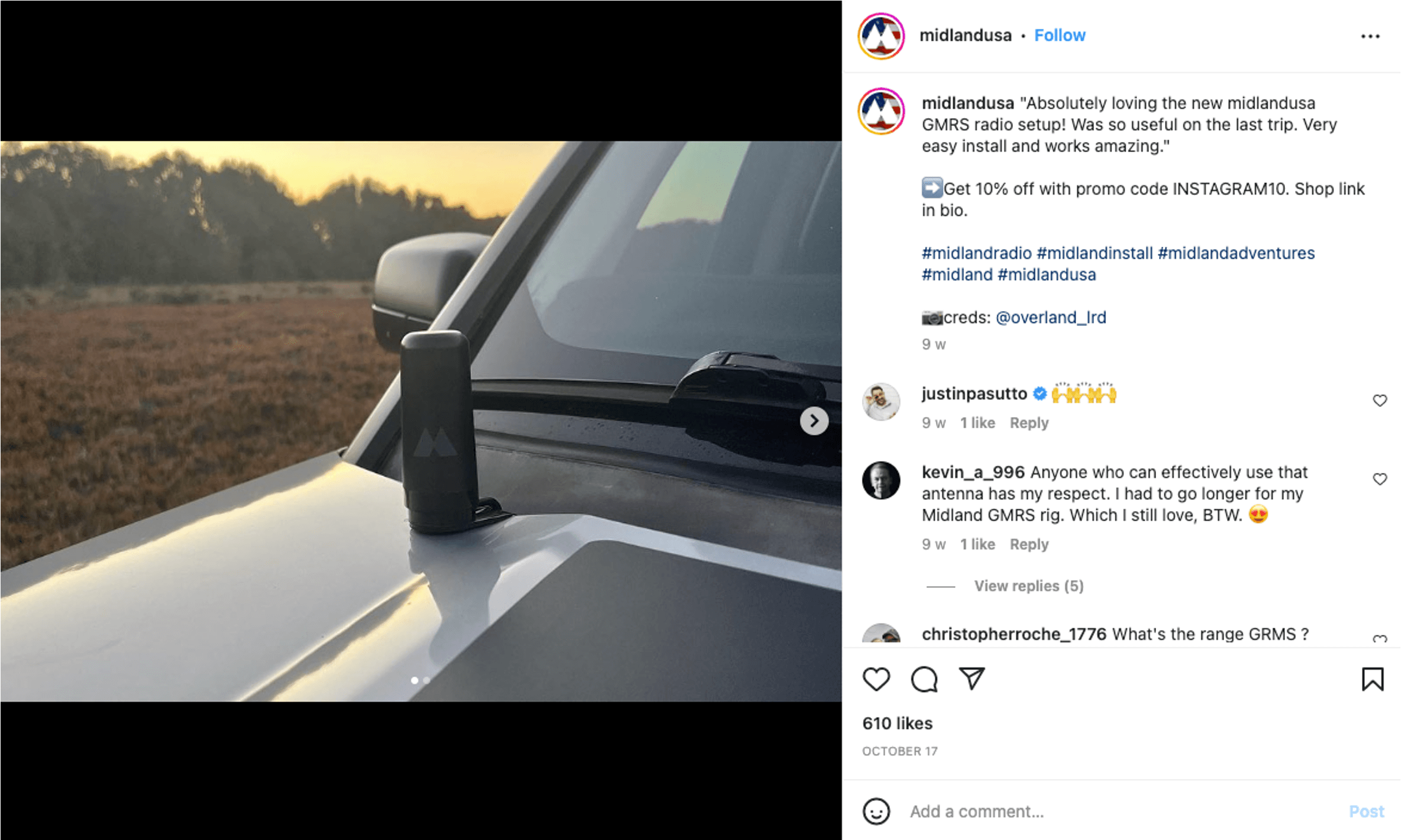

Mit Bazaarvoice Galleries, Ratings & Reviews und anderen Produkten von Bazaarvoice nimmt Midland Radio eine führende Rolle in der Funkkommunikation ein. Das Unternehmen verkauft die Nr. 1 unter den Walkie-Talkies und Wetterfunkgeräten in den USA. Midland Radio ist außerdem offizieller Kommunikationssponsor von Jeep Jamboree – einer großen Veranstaltung, die drei- bis viermal im Jahr stattfindet. Neue Partnerschaften im Einzelhandel mit großen Händlern wie Bass Pro Shops und Dick’s Sporting Goods tragen ebenfalls zur Steigerung der Markenpräsenz bei.
„In unserem gesamten Unternehmen sind weniger als 50 Mitarbeiter tätig, aber so wirken wir gar nicht“, so Kinsman. „Die Leute nehmen uns wegen unserer digitalen Präsenz und unserer Arbeit in den letzten fünf Jahren als ein viel größeres Unternehmen wahr.“
Sie möchten den Einfluss von UGC auch für sich nutzen? Testen Sie unser Tool UGC Value Calculator und finden Sie heraus, welche Wirkung UGC auf Ihr Unternehmen haben kann. Oder überspringen Sie diesen Schritt und setzen Sie sich direkt mit uns in Verbindung. Fordern Sie hier eine Demoversion an.
Vorgestellte Produkte:
Konversionsrate
Über das Unternehmen
Midland Radio ist seit über 50 Jahren einer der Branchenführer in Sachen Funkkommunikation. Das Unternehmen bietet zuverlässige Kommunikation in den Bereichen Outdoor, Landwirtschaft, Camping, Wohnmobile, Angeln und Jagen, Ski und Snowboarden, Geschäftskommunikation und Notfallversorgung.
Kunde seit 2017

Mehr dazu
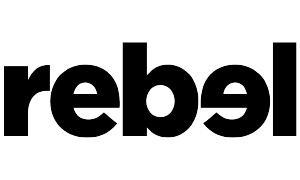
Entdecken Sie, wie dieses Unternehmen, das Sport- und Freizeitartikel, Bekleidung und Schuhe verkauft, seine Strategie für User-Generated Content (UGC) verbessert hat und welche großartigen Ergebnisse...
Mehr dazu
Bazaarvoice unterstützt Sie dabei, Ihre Geschäftsziele zu erreichen und Ihr Unternehmen zum Erfolg zu führen.